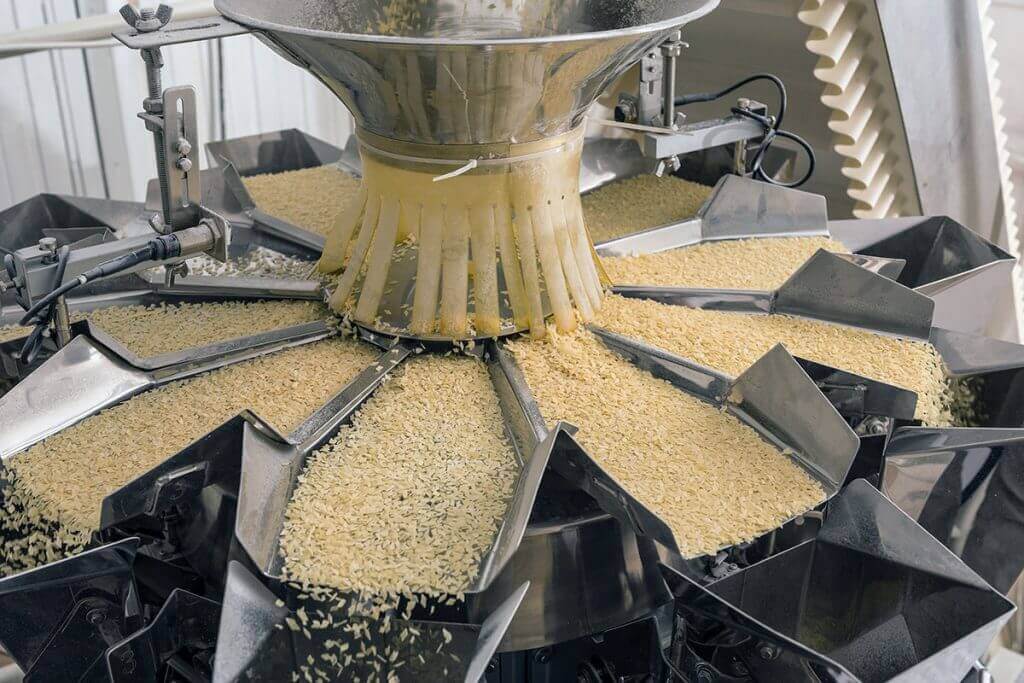What Does 2020 Look Like for the Food Processing Industry?

Each year, industry trade shows kickoff events for businesses like M & M Equipment Corp. to meet new like-minded individuals and customers and learn about the current state of the process manufacturing industry. In 2019, there were two prevalent trends that showed us what the future of food processing would be like for 2020.
While there is moderate concern for the potential of a slowing economy, the worry is outweighed by the perception that these emerging trends are embedded in sustainable market shifts – like increased health consciousness and enthusiasm for new product development.
The Food Industry Will Move to Meet Health-Conscious Demands in 2020
The movement in food processing toward natural ingredients and healthier products is rapidly increasing. Manufacturers are arranging more products featuring fresh, locally grown ingredients and pure-only recipes. This is especially visible in a proliferation of vegetarian and vegan products.
This is clearly a growing shift to more specialized food products and away from mass production. Driven by a strong economy and the availability of new consumer distribution options like Amazon or local delivery, there is a surge in products from smaller producers, such as:
- Restaurants commercializing their sauces and salsas
- Upscale ready-to-eat products like custom soups
- The growth of the micro-brewing industry
And it’s not just human food that is trending to more natural and healthier ingredients. Pet food processors are leading a similar path, while also planning to ramp up production of specialty products like breed-specific, age-specific, size-specific foods.
CBD Will Further Advance in Food Products
While regulations for using CBD in food products are still being regulated at state and federal levels, many producers are working diligently to get their ideas and products out to the public. With the U.S. market for CBD products projected to exceed $16 Billion in just five years, it’s easy to see why manufacturers are eager to jump into production.
However, smart operators will anticipate regulatory restrictions and build their processing equipment with features engineered to handle active ingredients, and with the same levels of documentation, certification and validation required of pharmaceutical product manufacturers.
Issues from a Process Perspective
From a business perspective, these trends give the food processing industry hope for the future. However, there are some concerning issues from a process perspective:
- To maintain the integrity of fresh ingredients, how they are handled during processing must be carefully considered.
- As preservatives and binders are removed, ingredients can be harder to mix and breakdown, which may necessitate specialized agitated processing equipment.
- With many smaller processors entering the market with their products, there will likely be a growing need for education in process development, to help them learn to produce their products efficiently and maintain consistent quality.
Whether your needs are to purchase, sell, determine equipment values or locate spare parts in 2020, we encourage you to contact our experts at M & M Equipment Corp.
